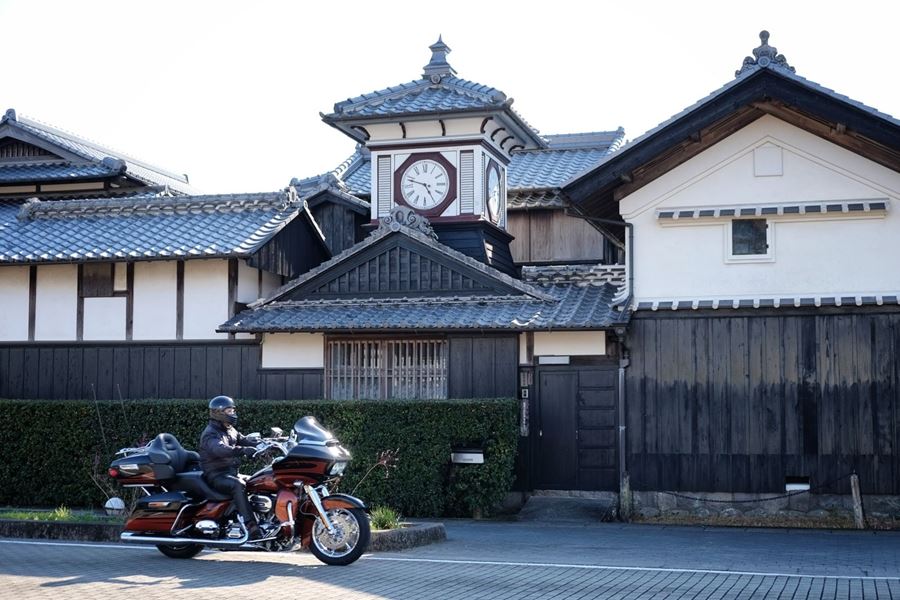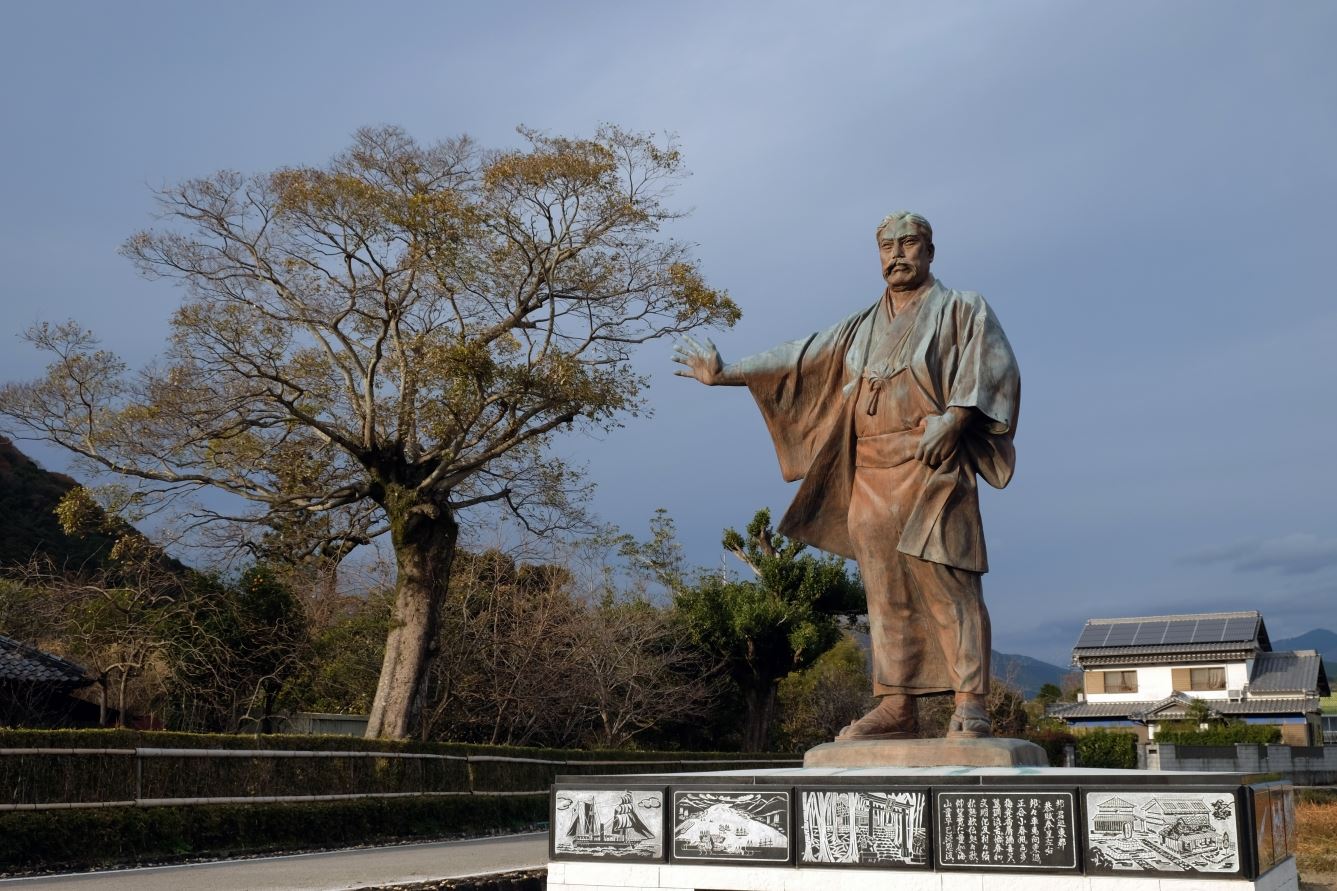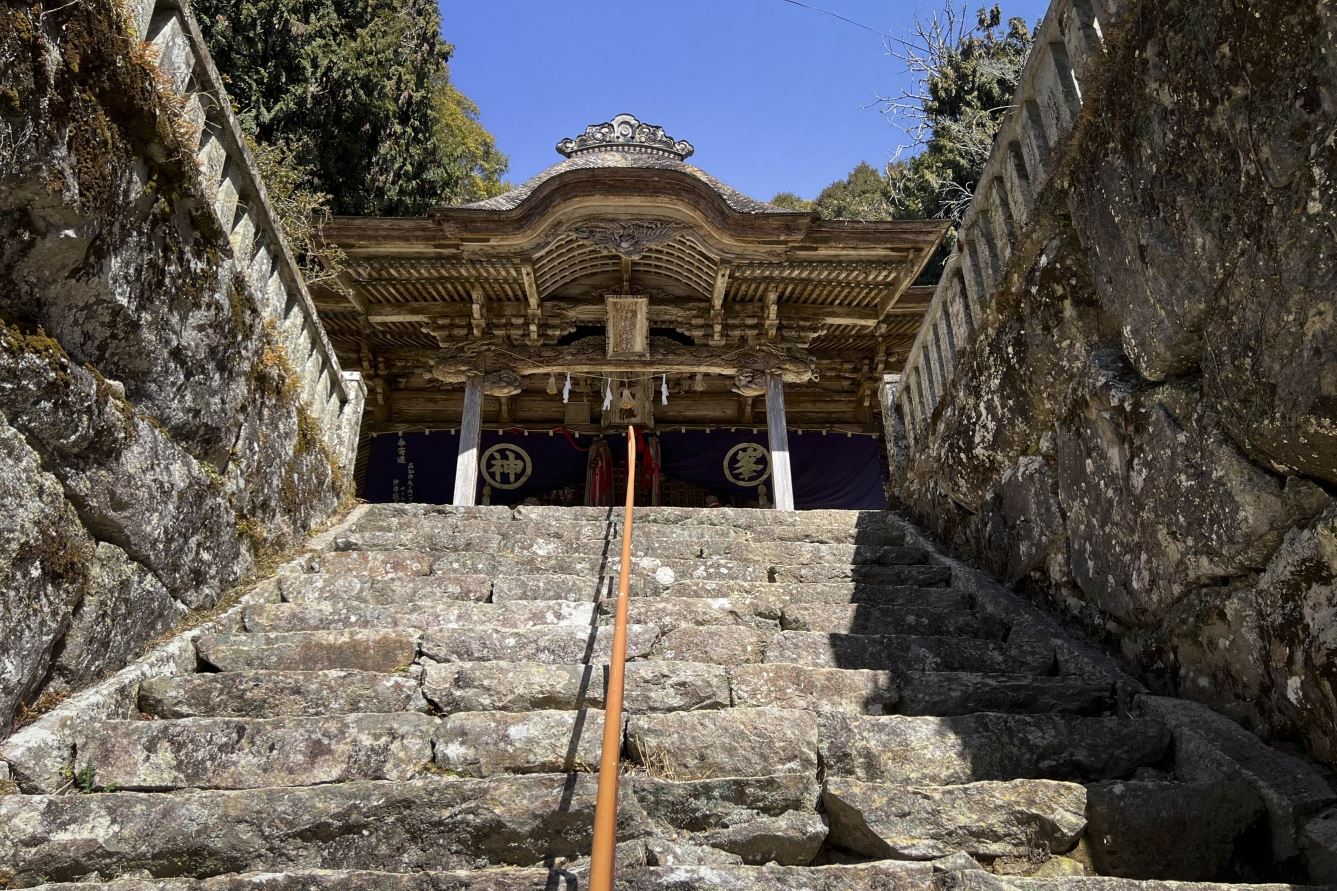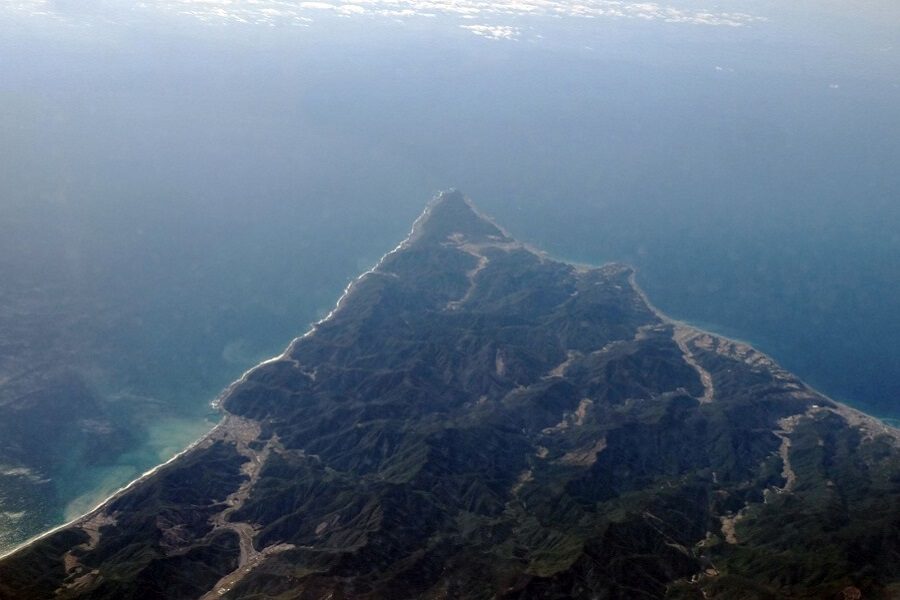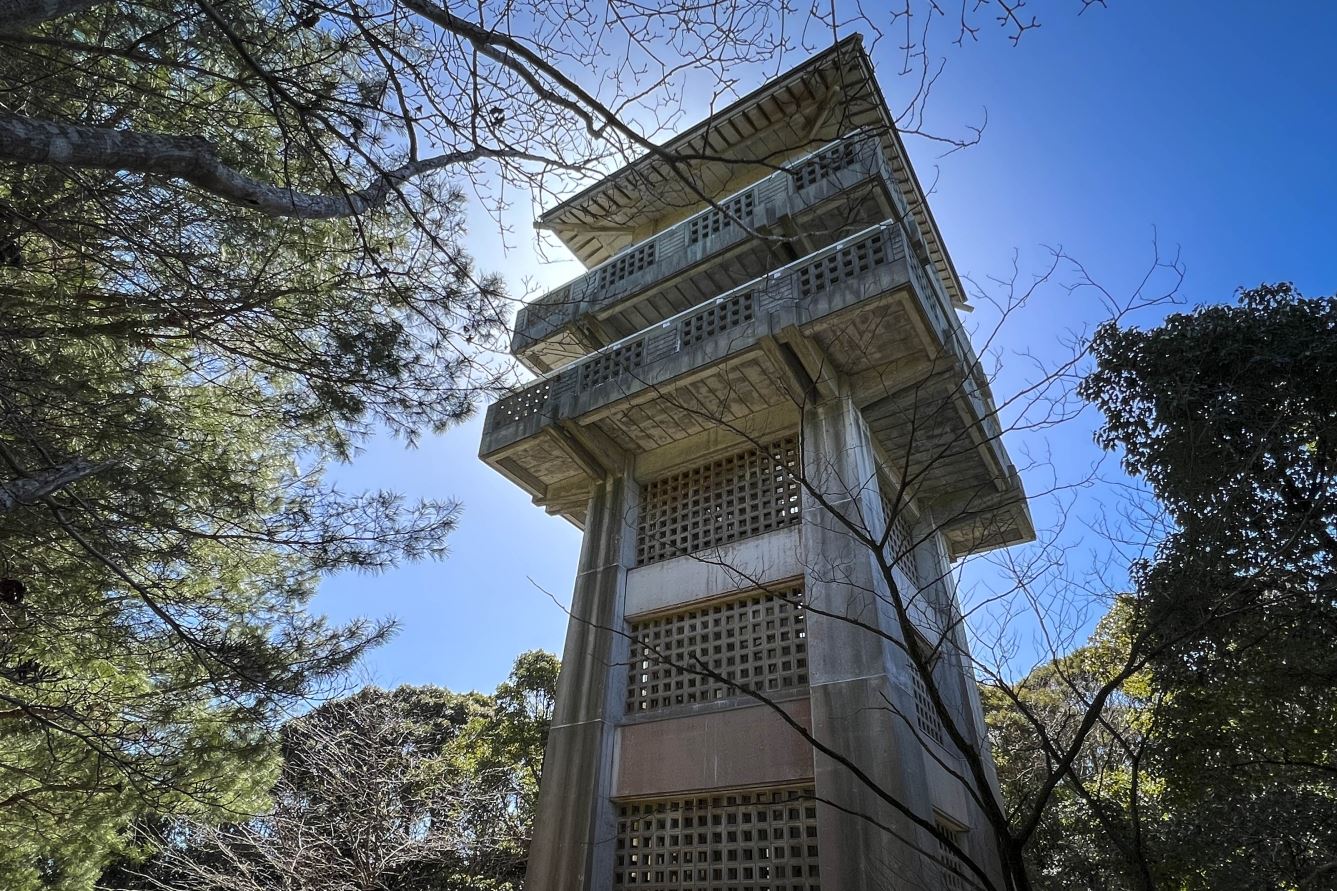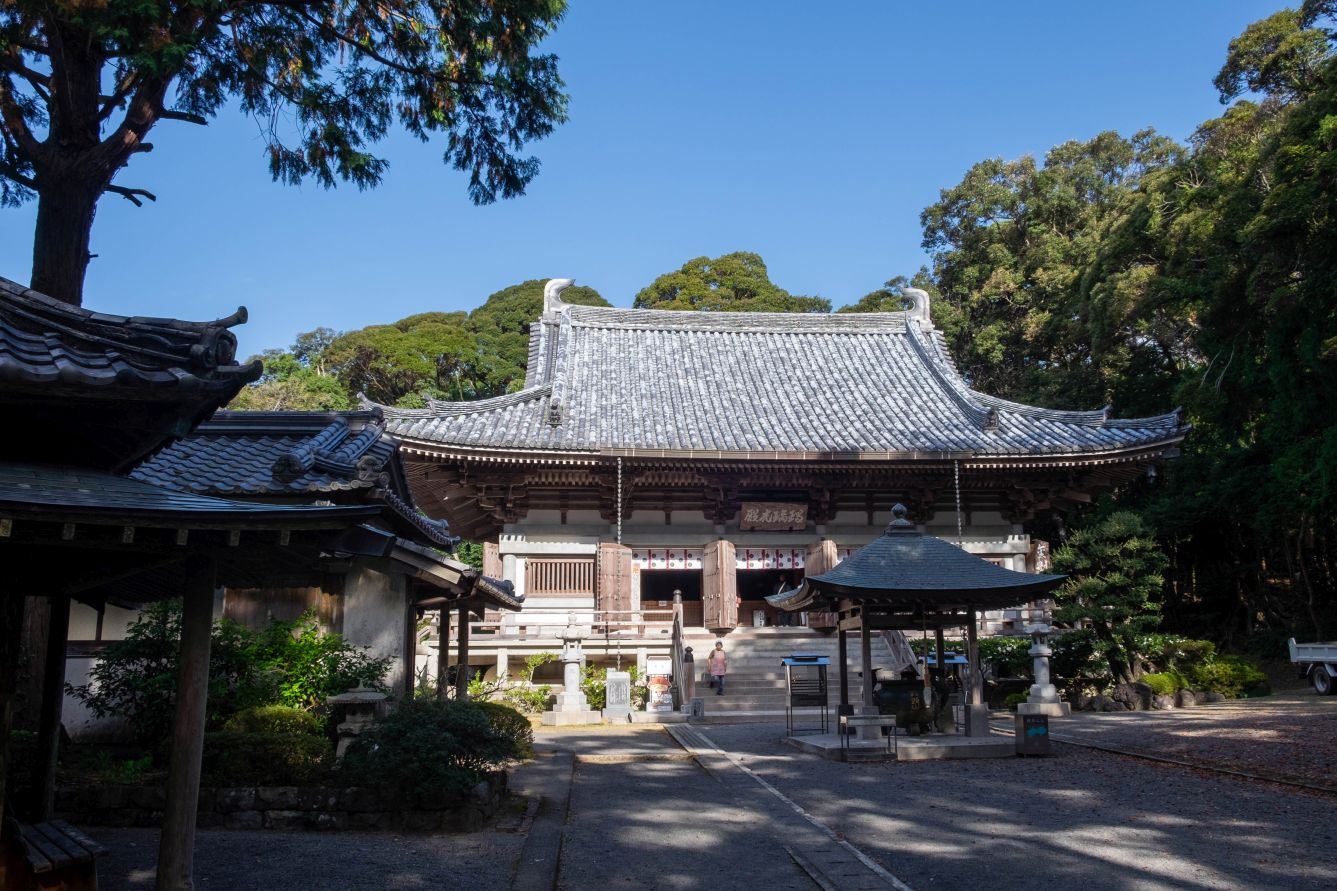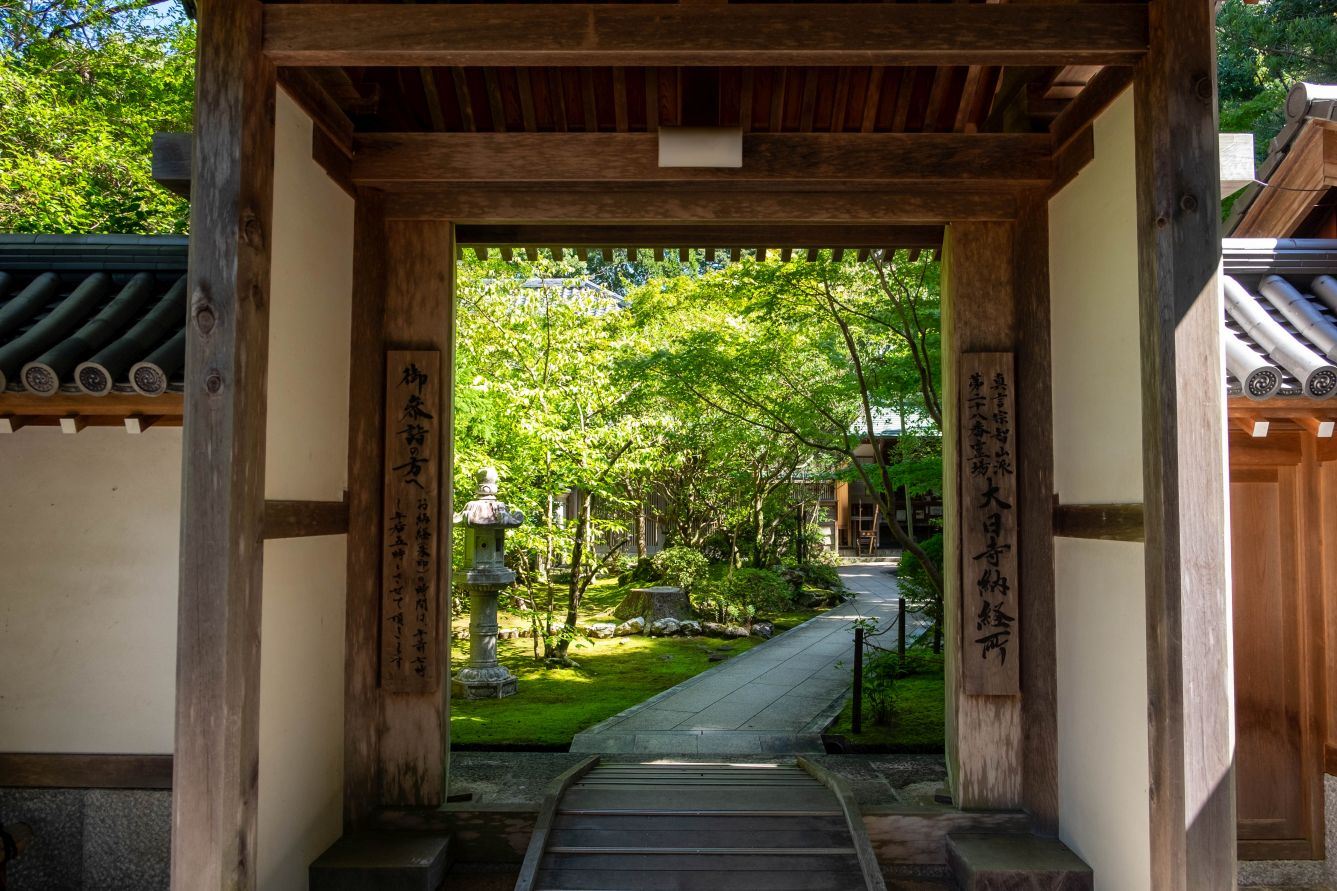Temple 27, Kōnomine-ji
Home » Temple 27, Kōnomine-ji
Temple 27, Kōnomine-ji
Kōnomine-ji is temple No. 27 on the Shikoku pilgrimage or Henro. Each prefecture has a ‘sekishodera’, a temple considered the most difficult to access in the days when pilgrims only walked. Kōnomine-ji is the sekishodera of Kōchi. It’s located on the hillside around 430 m above sea level on Mt. Kōnomine. It’s accessed by road and by a Henro trail known as “matate”, which means “straight up”, since it continues for more than a kilometre at a slope of 45 degrees. It’s the ninth highest of the 88 temples and the highest in Kōchi Prefecture. In the Edo period, some pilgrims would complete their worship at a sub-temple at the foot of the mountain. All this said, it isn’t difficult for an averagely fit person to walk up from the coast to the temple and up to the lookout on the mountaintop behind the temple.
What to see
The Niō Gate is a two-storey structure completed in 1945, with bright red guardian statues. After passing through the gate, there’s a water basin on the left, a belfry on the right, a priest’s quarters and the temple office on the left, and a spring on the right in front of the steps. If you go up the steps and to the left, you see the Kannon Hall, and if you go back to the right, you pass in front of a realistic statue of Fudō Myōō and arrive at the back of the Daishi Hall completed in 1992. In the Daishi Hall is a seated wooden statue of Kūkai, which contains a small stone statue found in the mountains in the Meiji period.
In the main hall is a Buddha which isn’t shown to the public. In the Kannon Hall is a golden statue of Kannon. Until the new Daishi Hall was built, this was the Daishi Hall and it was connected to the main hall by a corridor. To the left of the main hall is a Jizō Hall with a collection of about fifty stone Jizō statues.
Between the back of the priest’s quarters and the main hall is a landscaped garden with azaleas, peaches, magnolias, maples, and other trees.
The interlinked circles on the curtains at the entrance to the main hall and Daishi hall are the crest of the Buzan school of Shingon Buddhism.
History
The origin of the temple was as a shrine where Empress Jingū prayed for victory on the Korean Peninsula and enshrined the Shintō goddess Amaterasu Ōmikami. Gyōki carved an eleven-faced Kannon in 730 on the imperial decree of Emperor Shōmu, and enshrined it with the Shintō deities. Kūkai built a temple in 809 and named it the Kannon Hall.
The temple flourished, and many buildings were added, but they were all destroyed by fire during the early years of the Edo period. Only the main hall, Daishi Hall, and tutelary shrine were rebuilt. The eleven-faced Kannon was recovered from the abandoned temple at the foot of the mountain. However, many people continued to worship at temples at the foot of the mountain to avoid the steep climb, but these temples were abandoned at the time of the separation of Shintō and Buddhism in the Meiji period.
At the end of the Tokugawa shogunate, the mother of Iwasaki Yatarō, the founder of Mitsubishi, walked barefoot for twenty kilometres one way from the current Aki city to pray for Yatarō’s good fortune, continuously for twenty-one days. Her prayers were apparently answered, and Mitsubishi conferred its patronage on the temple.
Due to the decree requiring the separation of Buddhism and Shintō in the first year of the Meiji period, only Kōnomine Shrine remained, and the Buddhist temple was abandoned. The principal image was entrusted to Kongōchō-ji, and pilgrims worshipped there instead. But in 1887, a temple was built on the original site, the principal image was returned, and pilgrims began visiting again. In the Taishō period, a Shingon temple was moved here from Ibaraki, and it came to be called Kōnomine-ji.
Until 1975, the only way to reach this temple was to take a taxi for about 8 km on a bad road from the east and walk the mountain road for the remaining 30 minutes, or climb the steep Henro path from the foot of the mountain. After that time, various roads were built, making it possible to reach the temple by car.
Legends
The water from the springs is said to have healing powers.
Information
Name in Japanese: 神峰寺
Pronunciation: kōnomine-ji
Address: 2594 Tonohama, Yasuda, Aki-gun, Kochi 781-6422
Related Tours

Experience the most beautiful and interesting temples of the Shikoku Pilgrimage in seven days.

A tour for families or friends, staying in the most characterful kominka and ryokan of Shikoku.

Visit the most beautiful and interesting temples of the Shikoku Pilgrimage and walk the toughest trails.

